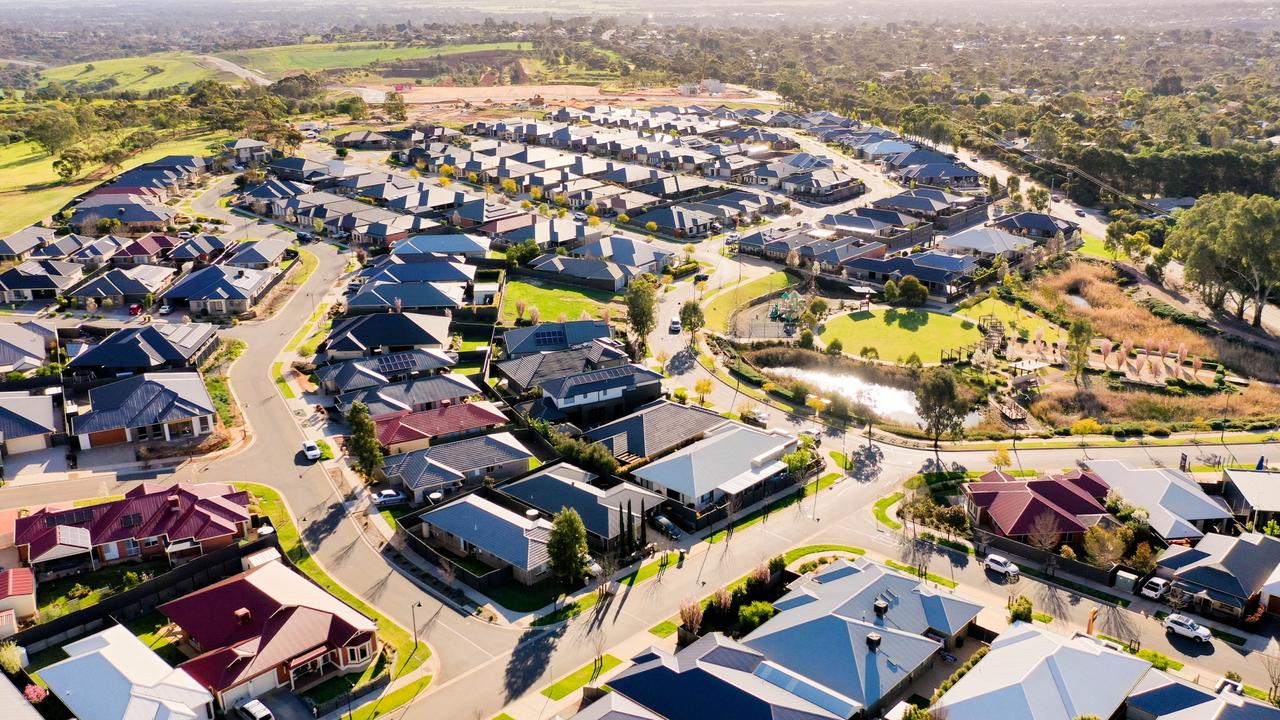“You make money when you buy.”
This is a common saying in the real estate industry, meaning the price you pay for a property affects a lot the profit you’ll make. However, it doesn’t mean the better deal (cheaper/higher vendor discount) the more profit (capital growth).
We’re going to dive into data and find out why.
Let’s assume it’s all about the deal.
There are two groups of regions listed below. If you were to choose one region in each group to buy an investment property in the listed year, how would you choose?
If one believed that a good deal at purchase secures good growth, they would probably choose Gippsland – East in Group A, and Upper Hunter in Group B, as they were slightly cheaper and offered higher vendor discount, which seemed to be “better deals”.

However, how have these regions grown over time? Let’s check data.


The regions with higher median price and lower vendor discount have performed better than the regions with “better deals”.
This is because strong growth doesn’t happen to a low initial price, but high market pressure. In the above groups, the higher-priced regions all enjoyed higher market pressure at the beginning.
We use inventory (the ratio of for-sale listing numbers to the sale volume) as an indicator of market pressure – the lower inventory, the higher pressure. The below charts show the inventory trends of the six regions over time.

Ballarat’s inventory has always been much lower than Gippsland – East’s until 2021. The higher market pressure has led to its faster growth.

Although Lower Hunter’s inventory has exceeded Upper Hunter’s in 2019, its consistently high market pressure still helped it grow better than Upper Hunter.
A negative correlation exists between vendor discount and price growth.
The above regions are not isolated cases. Data shows that high vendor discount is more likely to indicate lower market pressure, which would lead to slower price growth.
In the short-term…
In the below scatterplot, each dot stands for an Australian SA3. Their positions show their vendor discount rate in March 2021 and the median house price growth in the following 12 months. We can see a downward trend of price growth rate as the vendor discount rate increases.

To further simplify it, we group the SA3s according to their vendor discount rates and calculate the average growth rate of each group. The result is shown in the blow column chart, where the downward trend is demonstrated as well.

In the long-term…
Similarly, let’s examine the correlation between vendor discount and price growth over a 5-year period. The below two charts show the price growth distribution of SA3s & SA3 groups of different vendor discount rates.


The negative correlation still exists but not as significant as in the short-term scenario, especially when the initial vendor discount is lower than 7%. This is understandable as we are comparing a snapshot (vendor discount) and a 5-year trend (price growth) which was influenced by many factors along the way.
At InvestorKit, vendor discount is only one of the indicators we take into account when analysing market trends. As you can see, the overall market pressure is more critical in identifying fast-growing hotspots than merely chasing the best deals and getting bargains.
Chasing deals is a common mistake many property investors get trapped in their journeys. Ultimately, if your focus is long-term (15-20 years+) holding, you may see strong growth somewhere along the journey as the market moves around its growth cycle. However, the opportunity cost would be the 3-5 years of fast growth following your purchase to quickly scale your portfolio.
Here at InvestorKit buyer’s agency, we focus on identifying markets which display high pressure so that our clients step right into the markets’ fast-growing phase and build their portfolio faster. Interested in our strategy? Click here and request your 45-min FREE no-obligation consultation today!
.svg)
